Black Consort Currant Plant
Description
A handsome, compact fruiting hedge, the Black Consort Currant (Ribes nigrum ‘Consort’) is prized for its rich, tangy berries and disease resistance. This upright shrub produces medium-sized black currants that grow in clusters, ripening in June or July. The berries are exceptionally high in vitamin C and antioxidants, making them a nutrient-rich superfood.
Why Grow Black Consort Currant?
- Cold-Hardy & Disease-Resistant – Thrives in USDA Zones 4-8, with natural immunity to white pine blister rust.
- Versatile Uses – Ideal for preserves, jams, juicing, wine, and fruit liqueurs.
- Self-Pollinating – No second plant required, but planting multiple bushes boosts yield.
- Shade-Tolerant – Adapts well to partial shade, though full sun enhances fruit production.
- Compact & Productive – Perfect for small gardens, edible landscapes, or as a fruiting hedge.
Growing Information:
- Sunlight: Prefers full sun to partial shade.
- Soil: Thrives in rich, well-draining soil with a slightly acidic to neutral pH.
- Spacing: Plant 4-6 feet apart for optimal air circulation.
- Watering: Keep soil moist but not waterlogged, especially during fruit development.
- Harvest Time: Ripens in June to July with high yields of flavorful berries.
Order Yours Today!
With its cold hardiness, disease resistance, and delicious, vitamin-packed fruit, the Black Consort Currant is an excellent choice for home gardeners. Shop now and enjoy fresh, homegrown currants this season!
Characteristics
| Bloom Color | White |
| Chill Hours | 800 |
| Fruit Color | Black |
| Fruit Size | Medium |
| Hardiness Zone Range | 4 - 8 |
| Pollination | Self-Pollinating |
| Ripens/Harvest | June/july |
| Shade/Sun | Partial Shade - Full Sun |
| Soil Composition | Loamy |
| Soil Moisture | Well Drained - Average Moistness |
| Soil pH Level | 6.2 - 6.5 |
| Taste | Sweet |
| Texture | Crisp, Firm |
| Years to Bear | 2 - 3 |
Zone Compatibility
Pollination
This variety is self pollinating.
Tools & Supplies
Questions & Answers
Black currants are an acquired taste for some. They are very popular in the UK and Europe but relatively unknown to Americans. Perhaps they were not completely ripe when you tasted them? I find them wonderfully complex in flavor. Like many fruits they benefit from added sugar and I believe excel in jams, pies and compotes as opposed to eating them on their own. If you find satisfaction in growing something that you cannot otherwise buy I urge you to give them another chance. You just might love them this time around!
You can seed propagate, but your success will be low unless you follow a specific process. I won't cover acid scarification because if you don't use the right protective equipment you can hurt yourself and/or other people.
Once you have the seeds, put them in a sterile "soilless" medium at 75ish degrees for 3 months. This basically means roomish temperature. Peat is preferable because it has a slightly acidic pH, but if you want to use coco coir that works too. An additional step that helps germination is to add 1 mL of liquid smoke to a container and then add 99 mL of water to make a 1% solution. Moisten the medium with this... the compounds from smoke help kick-start giberrilic acid production in the seed so don't skimp, scale the volume up if you need to by adding 10 mL to an empty 1 liter bottle and then filling it with water.
After 3 months put the container, still moist, into the fridge for 2-3 months.
Basically you need warm moist stratification first, then cold moist stratification.
Seeds will start sprouting 1-2 months after returning to room temperature from the cold.
This also works extremely well for elderberries.
In both cases you will get about 60% of the maximum possible germination rate (determined by tetrazolium testing), which will usually work out to 15-20% overall germination.
I would just use a strawberry shell from the store and tape ALL of the vents with micropore tape so it gets air flow but pests and mold can't get in.
Finally, when you first soak your peat initially (before the liquid smoke dilution)or whatever you use it is a good idea to sterilize it at home. I use an instapot that I just use for soil sterilization because I have "issues" according to my wife, but she doesn't like the smell when I oven-bake it so instapot on the porch it is. I use the meat/stew setting on high for 75 minutes, never have any issues even though I use a 50-50 mix of compost from my horses and fine pine bark mulch for most of my projects.
The USDA has hardiness zones for a reason, typically because of the amount of chill hours needed during a dormant season to produce fruit. More than likely it will not ever set fruit as it is to warm where you are planting this variety.
Mine have been in two years, zone 5, and are about three feet tall and twenty to thirty inches wide. One of the three produced fruit despite a 2/14/16 temperature of -27 F and a 4/4/16 temperature of 4 F.
Any good potting soil will do, but don't choose a "moisture control" brand. They retain too much water and can cause root rot.
Oh yes. The smell is much better and stronger. You’ll love it.
You are probably thinking about incompatibility of black raspberries with blackberries and raspberries. There is no issue between/among currant cultivars.
No fruiting tree or plant is deer-proof, but currants are known to be deer-resistant. Deer will eat anything if they are thirsty/hungry enough, but they'll look for something else nearby before they will eat your currant bushes.
Absolutely, and that is a perfect size in which to plant it. Make sure the barrel has a drainage hole in the bottom.
American black currant is suitable for many conservation and agroforestry plantings on a variety of soil types. It is considered highly drought tolerant and is shade tolerant.
Customer Reviews
; )






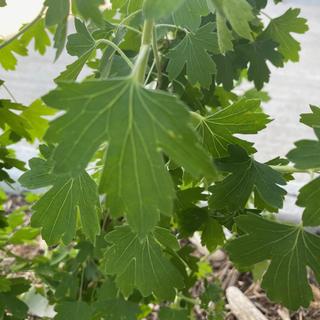
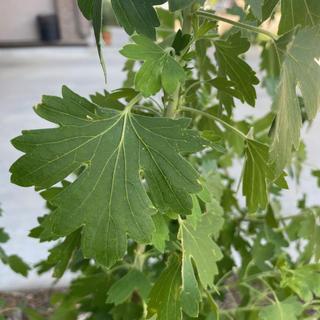
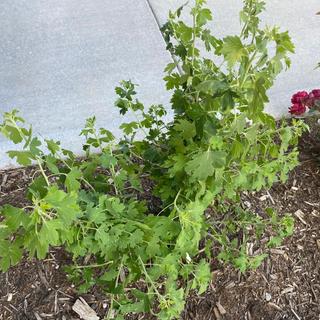
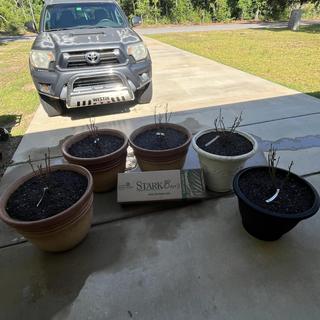
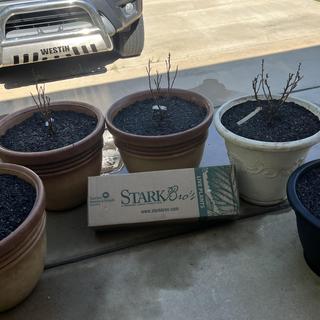

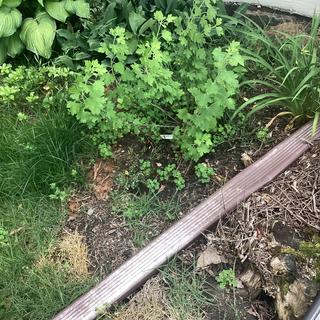
To eat fresh and improve health
I wanted to have both varieties of Currant plants.
Need a shady bush to replace honeysuckle we removed. I like to bake pies. This seemed like a good choice.
Just wanted more of these